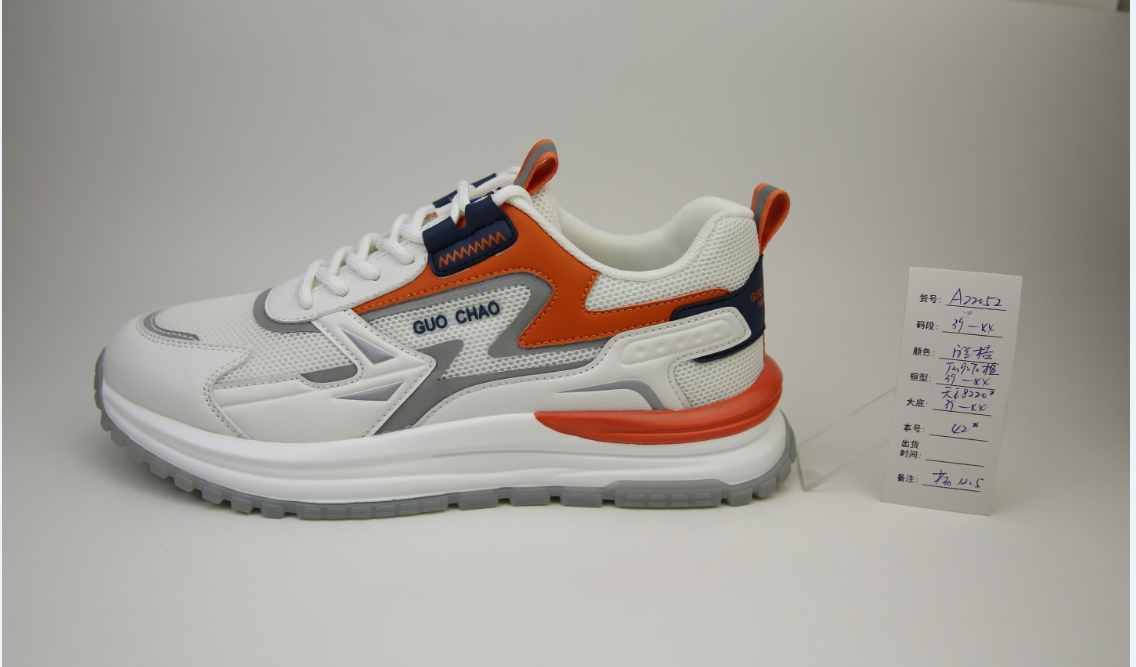Understanding Rubber Boot Sizes A Comprehensive Guide
Rubber boots, also known as rain boots or galoshes, are essential footwear designed to keep your feet dry and comfortable in adverse weather conditions. Whether you’re gardening, fishing, or trudging through puddles, having the right size rubber boots ensures maximum comfort and protection. In this article, we will explore how to choose the correct rubber boot sizes, factors to consider, and the importance of fit for various activities.
The Importance of Proper Sizing
Choosing the right size rubber boots is crucial for several reasons. Ill-fitting boots can lead to discomfort, blisters, and even injuries. On the other hand, boots that are too loose can cause your feet to slip, which increases the risk of accidents. Therefore, understanding rubber boot sizes is key to ensuring that you have the right pair for your needs.
Understanding Size Charts
Rubber boots generally follow standard shoe sizing charts, but there are some variations depending on the brand and style. Most manufacturers provide size charts that correlate their specific sizing with standard US or UK shoe sizes. It's important to note that rubber boots often have a different fit than regular shoes. They tend to be wider in the foot area to accommodate thicker socks and ensure ease of movement.
When checking a size chart, look for the following measures - US, UK, and EU sizes Most charts provide conversions, so you can find the size that corresponds to your usual footwear. - Shoe length and width Some brands may provide detailed measurements for length and width, which is especially useful when sizing for children or if you have particularly wide feet.
Factors to Consider
rubber boots sizes

1. Sock Thickness The type of socks you plan to wear with your rubber boots can affect the overall fit. Thicker socks may require you to size up, while thinner socks might allow you to stick with your standard size.
2. Foot Shape Everyone's feet are different. Some people have wide feet, high arches, or other unique characteristics. Consider these factors when selecting your rubber boot size, as they can significantly impact comfort.
3. Intended Use The activity you plan to do in your rubber boots can also influence the size you choose. For instance, if you’ll be doing a lot of walking or standing for extended periods, it may be worth considering a size that allows for a bit more room and ventilation.
4. Adjustable Features Many rubber boots come with adjustable features like buckles, straps, or elastic goring. These can offer a more personalized fit and may provide some leeway if you are in between sizes.
Tips for Fitting Rubber Boots
- Try Before You Buy If possible, try on the rubber boots with the socks you intend to wear. Walk around in them to gauge comfort and fit. - Check for Movement Your heels should not lift significantly when you walk, but there should be enough room in the toe box to wiggle your toes. - Don’t Rush It If you’re ordering online, consider checking the return policy in case the sizes do not work as expected. Trying multiple sizes may help you find the perfect fit.
Conclusion
In conclusion, understanding rubber boot sizes is fundamental in ensuring comfort and functionality in wet and muddy conditions. By utilizing size charts, considering personal foot shape, and evaluating usage, you can find the perfect pair of rubber boots that meet your needs. Remember to account for sock thickness, mobility, and fitting adjustments to achieve the best fit. With the right pair of rubber boots, you can tackle any rainy day with confidence, knowing your feet are protected and comfortable. Happy shopping, and may your next outdoor adventure be a dry one!
-
Stay Dry in Any Condition with WadersNewsJul.17,2025
-
Elite Performance with Camouflage Combat BootsNewsJul.17,2025
-
Dry and Comfortable with Green Rubber Garden ShoesNewsJul.17,2025
-
Convenient Protection with Foldable RainbootsNewsJul.17,2025
-
Comfort and Protection with Neoprene Work BootsNewsJul.17,2025
-
Brighten Rainy Days with Floral Rain BootsNewsJul.17,2025
-
Safety Wellies: The Ultimate Combination of Protection, Comfort, and VisibilityNewsJun.19,2025











